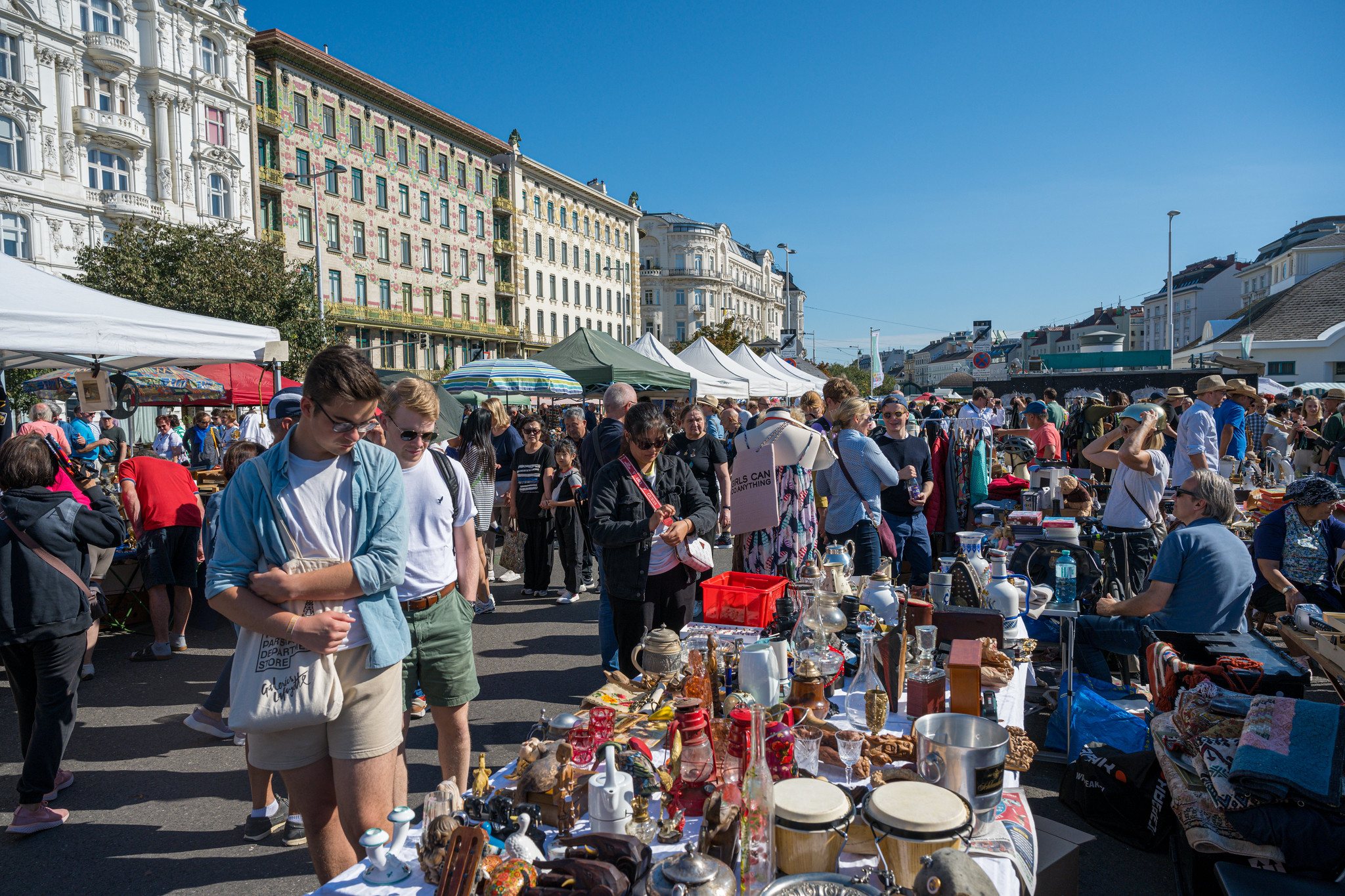
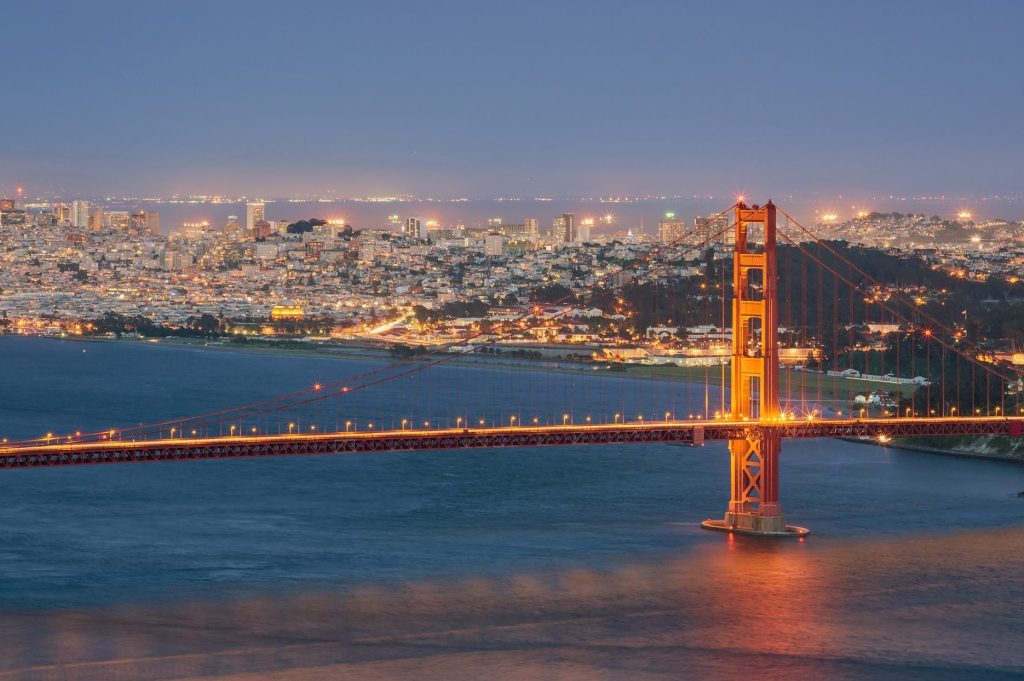
On the eve of World War I, the Habsburg Empire was still an important political entity encompassing much of Central and Eastern Europe. From Italy to Ukraine, Poland to Bosnia-Herzegovina, thirteen contemporary states are then part of this multiethnic empire, where dozens of populations of different languages, religions and traditions coexist. Slow, bureaucratic and bent on compromise, the Habsburg Empire Has sometimes been compared to the European Union, although it aspired to look more like the United States of America. For Francesco Privitera, professor of Eastern European History at the University of Bologna, “the Habsburg Empire resembled the United States and contemporary California in its melting pot of peoples and cultures.” Chiara interviewed him.
Professor Privitera, why compare the Habsburg Empire to California?
Different communities condensed within the Empire, coming somewhat from all over the Eastern European space and the broader Eastern Mediterranean basin. This geographical dimension and its inherent multiculturalism made it an extremely vital, vibrant and transnational world, much like today’s Golden State. The different communities, they were gradually integrating; there was no family that did not have within it branching relatives in every part of the Empire. Emperor Franz Joseph (1830-1916) himself, on official occasions, was presented with a long list of titles (Emperor of Austria, King of Hungary and Bohemia, Dalmatia, etc…) meant to represent how he represented in his person the multiple identity of the Empire.
What about California?
California is the contemporary reality where more than anywhere else all the people of humanity meet, people who participate there in building a postmodern society. In this society, the identity of the individual is not built on the concepts of national or linguistic community. Rather, it speaks of a personal, familial or micro-community-related identity. California, however, is so diverse that even the micro-community becomes a synthesis of humanity in all its heterogeneity. This makes California unique in the American landscape and, over time, builds a new identity, no longer ethnic, the advanced tip of a global humanity.
Did this kind of identity-personal, family, or micro-community-related-exist in the Habsburg Empire?
Correct. We are talking about two very fluid societies. For example, in the Habsburg Empire, mixed marriages were increasingly common, or, and the same applies to California, which today is the State with the highest percentage of interracial marriages. In both political realities, moreover, cultural diversity is/was something valued and exploited economically. The Empire’s populations were specialized and complementary so that each brought its own contribution.
Is this diversity also found in languages?
Certainly. In the Empire-as in California-it was normal to speak multiple languages, even in everyday life. Josip Broz Tito (1892-1980), for example, the celebrated leader of socialist Yugoslavia, is a perfect example of this melting pot. Born in Kumrovec [in present-day Croatia, ed.], Tito spoke Serbo-Croatian, but also Polish, as he had done his military service in Galicia, knew German, the lingua franca of the Empire, and could understand Czech, Italian and Hungarian. Multilingualism was the rule and is still widespread far more than in Western Europe.

But California and the Habsburg Empire are still two very different realities….
Of course. Indeed, we must be careful: the dimension in which these two countries resemble each other is a socio-cultural dimension. Economically, however, we are talking about two very different realities. California is among the richest and most advanced in the world, while the Empire included yes rich regions, such as Bohemia or Moravia, but was generally backward. The empire was a pre-modern structure, confronting the advent of modernity and the new typical identity parameters associated with it, primarily that of the nation-state. It is precisely this pre-modern dimension, in which identity is still tied to the micro-community, that the synthesis with the post-modernity of contemporary California and its inclusive and multifaceted identity takes place. In between lies the long journey of nation-state construction and an exclusive and conflicting dimension of identity.
In che modo la modernità contrappone California e Impero asburgico?
With modernity, however, there also emerges the principle of an organization of society based on equality, and this, beginning at birth and not at death (all men are equal before God). There are many elements that contribute to this transformation. The loss of faith, the process of secularization of institutions, for example, drives people to seek a solution to inequalities in earthly life through the watchwords: freedom, equality and brotherhood. The contemporary idea of welfare rests on this foundation, and it is no coincidence that it is in California that American ’68 began, with the great Berkeley protest. Feminist movements were born there. Unlike the Habsburg imperial society, California’s was born and grew in a world where inequalities, however widespread, sought to be bridged, and the starting point was precisely that of a plural identity. In the Habsburg Empire, on the other hand, however much various circles of intellectuals and politicians had sensed the impending crisis, the malaise caused by chronic inequalities, together with the advent of the nation-state, would lead to the defeat of the Empire itself.
How do we move from the melting pot to the crumbling of the Empire?
Initially, a general attitude of closure develops among people. Every community convinces itself that if its resources were not shared with others, the standard of living would be better. Thus, the idea of the nation-state takes hold, and society begins to think that this model of the state is more effective than the transnational one.
Of the consequences of this attitude well recounted Istvan Bibo, Hungarian politician and author of “The Miseries of East European Small States ,” in which Bibo tells of the tragic end of the small miserable nation states that arose from the ashes of the Empire, soon prisoners of their nationalisms.
In any case, at that particular moment in history, the Habsburgs missed an excellent opportunity for institutional reform anticipating, in some respects, the contemporary Europe synthesized in the construction of the EU.
What reform could the Habsburgs have done to prevent the end of the Empire?
They could have implemented a different system. Among other things, there is a project, which has never been implemented, of “United States of Greater Austria“. Franz Ferdinand [the heir to the Austrian throne who was killed in Sarajevo in 1914, ed.] wanted to revolutionize the founding principles of Austria-Hungary and make it a confederation composed of semi-autonomous states. Clearly, the archduke was inspired by the United States of America, which then represented the most advanced model of government and best respected, for the culture of the time, the cultural melting pot of the Empire. That reform was never carried out, however, and the empire therefore remained dangling between premodernity and modernity until its self-destruction.
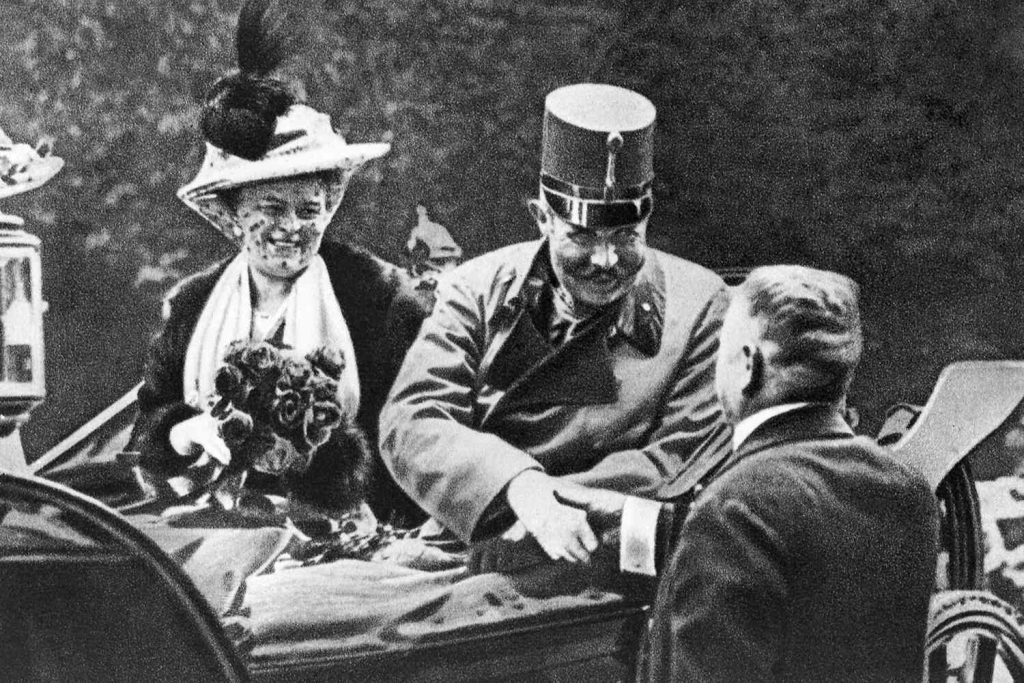

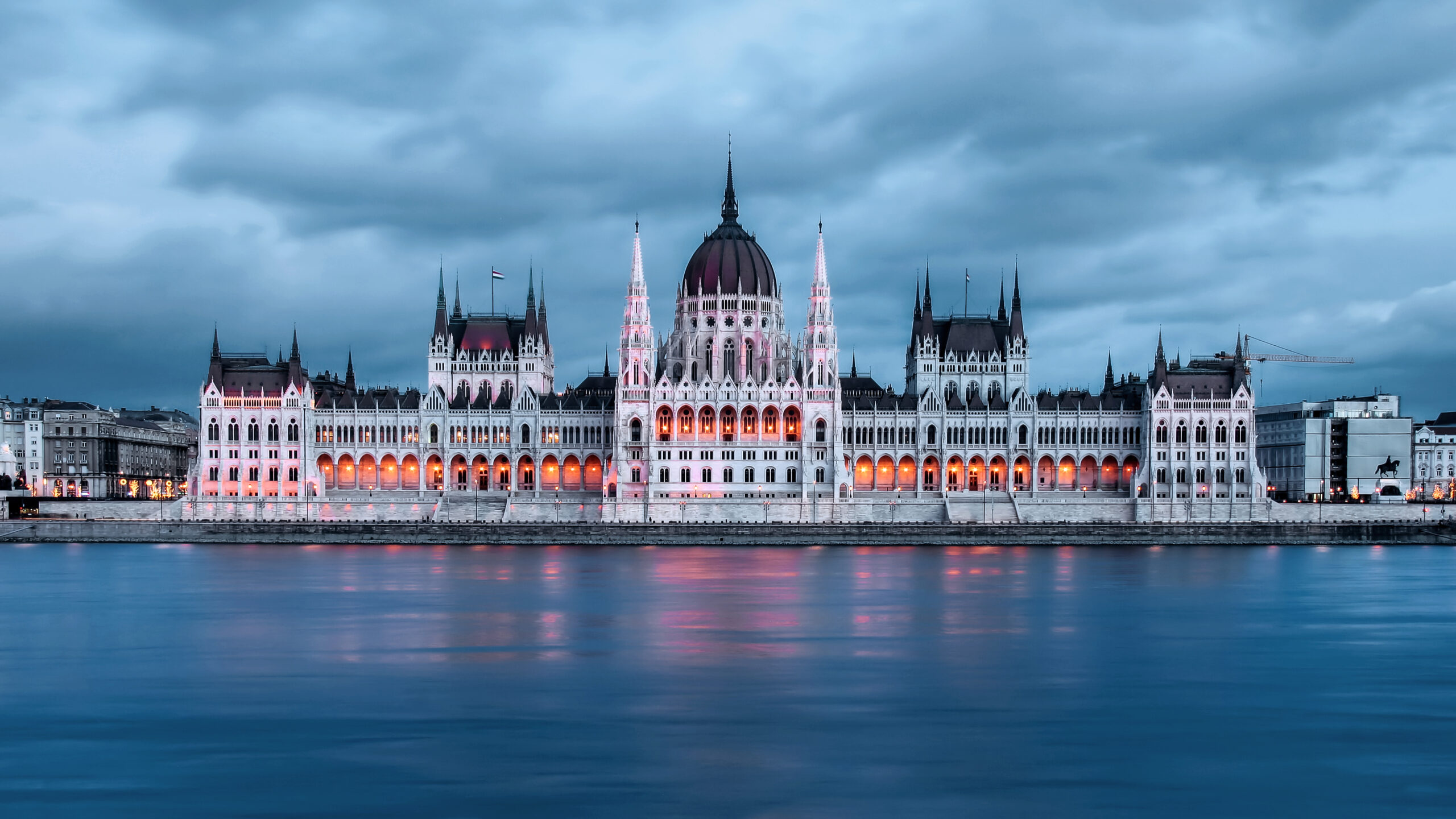
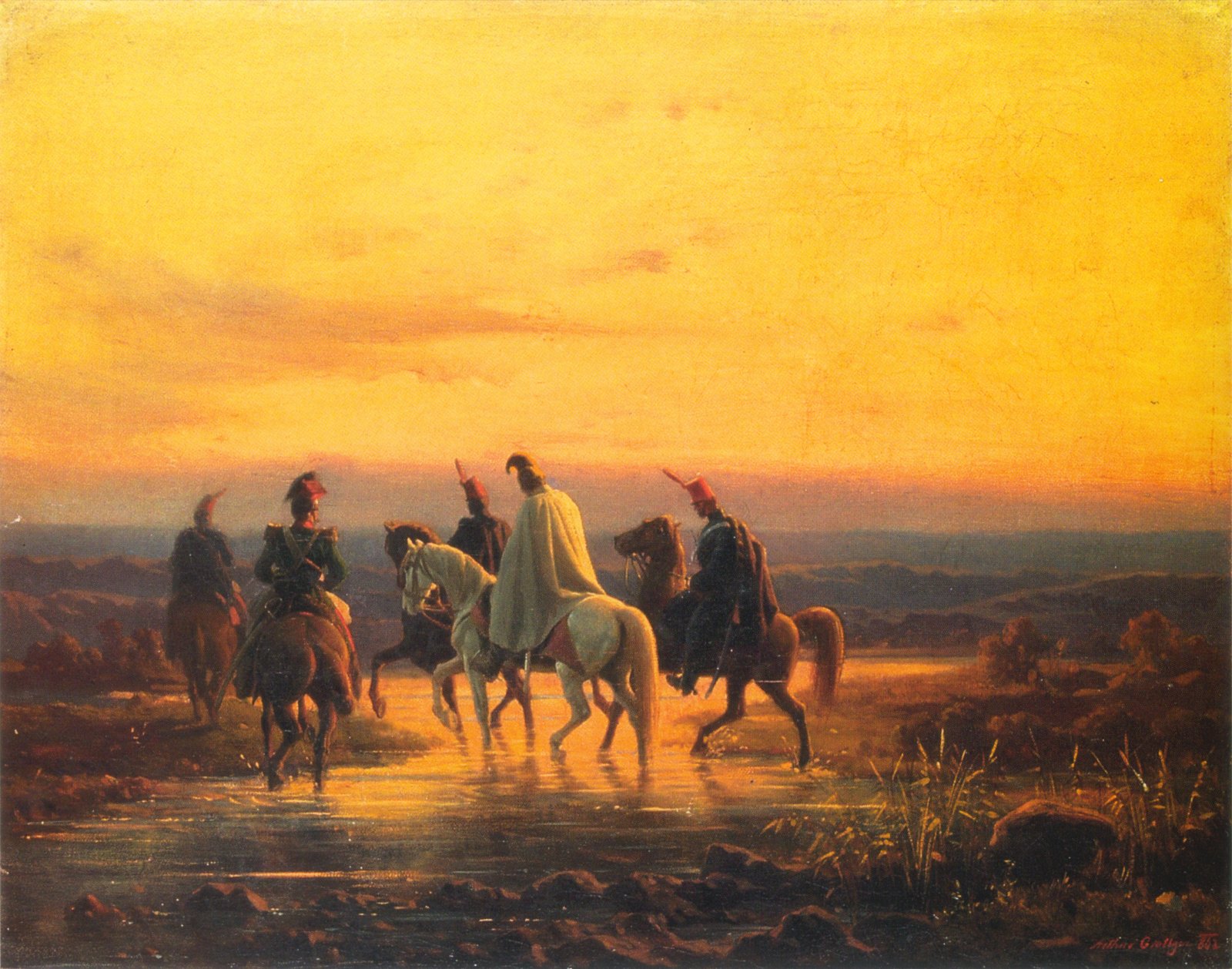
Start your journey in the Extinguished Countries!
Get a free chapter from our first guidebook “Republic of Venice” and join our community!